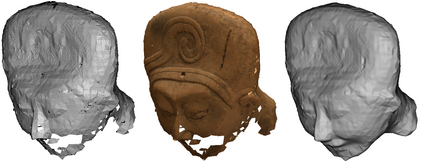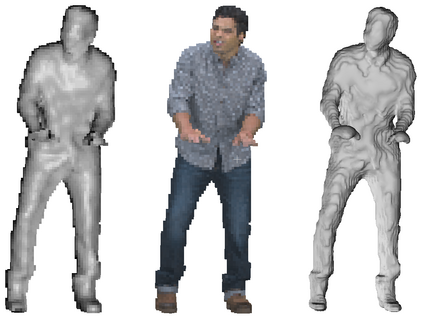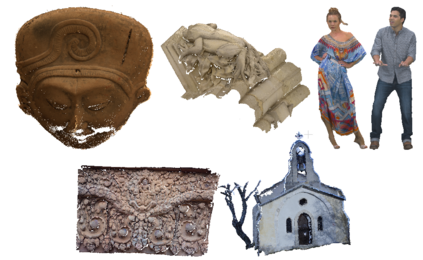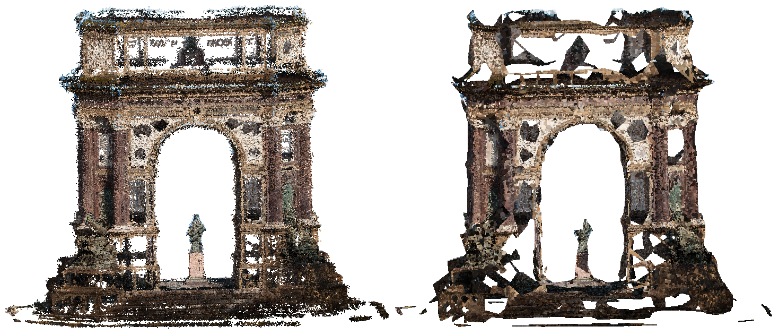Recently, point clouds have shown to be a promising way to represent 3D visual data for a wide range of immersive applications, from augmented reality to autonomous cars. Emerging imaging sensors have made easier to perform richer and denser point cloud acquisition, notably with millions of points, thus raising the need for efficient point cloud coding solutions. In such a scenario, it is important to evaluate the impact and performance of several processing steps in a point cloud communication system, notably the quality degradations associated to point cloud coding solutions. Moreover, since point clouds are not directly visualized but rather processed with a rendering algorithm before shown on any display, the perceived quality of point cloud data highly depends on the rendering solution. In this context, the main objective of this paper is to study the impact of several coding and rendering solutions on the perceived user quality and in the performance of available objective quality assessment metrics. Another contribution regards the assessment of recent MPEG point cloud coding solutions for several popular rendering methods which were never presented before. The conclusions regard the visibility of three types of coding artifacts for the three considered rendering approaches as well as the strengths and weakness of objective quality metrics when point clouds are rendered after coding.
翻译:最近,点云已经证明是代表从扩大现实到自主汽车等各种隐蔽应用的三维视觉数据的一个很有希望的方法。新兴成像传感器使得更方便地进行更丰富和更稠的点云获取,特别是用数百万个点获取,从而增加了对高效点云编码解决方案的需要。在这样的情况下,必须评价点云通信系统中若干处理步骤的影响和性能,特别是点云编码解决方案的质量退化。此外,由于点云不是直接可视化的,而是在任何显示之前用一种传译算法处理的,点云数据的可见质量高度取决于生成解决方案。在这方面,本文件的主要目标是研究若干编码和提供解决方案对所察觉的用户质量的影响,以及在现有客观质量评估指标的绩效中。另外,对于最近对一些大众化的编码方法的MPEG点云编码解决方案进行评估,这些方法以前从未提出过。结论指出,三种类型的编码工艺的可见度,这三种方法的可见性是计算方法的优点和客观质量指标的优点和缺点。









